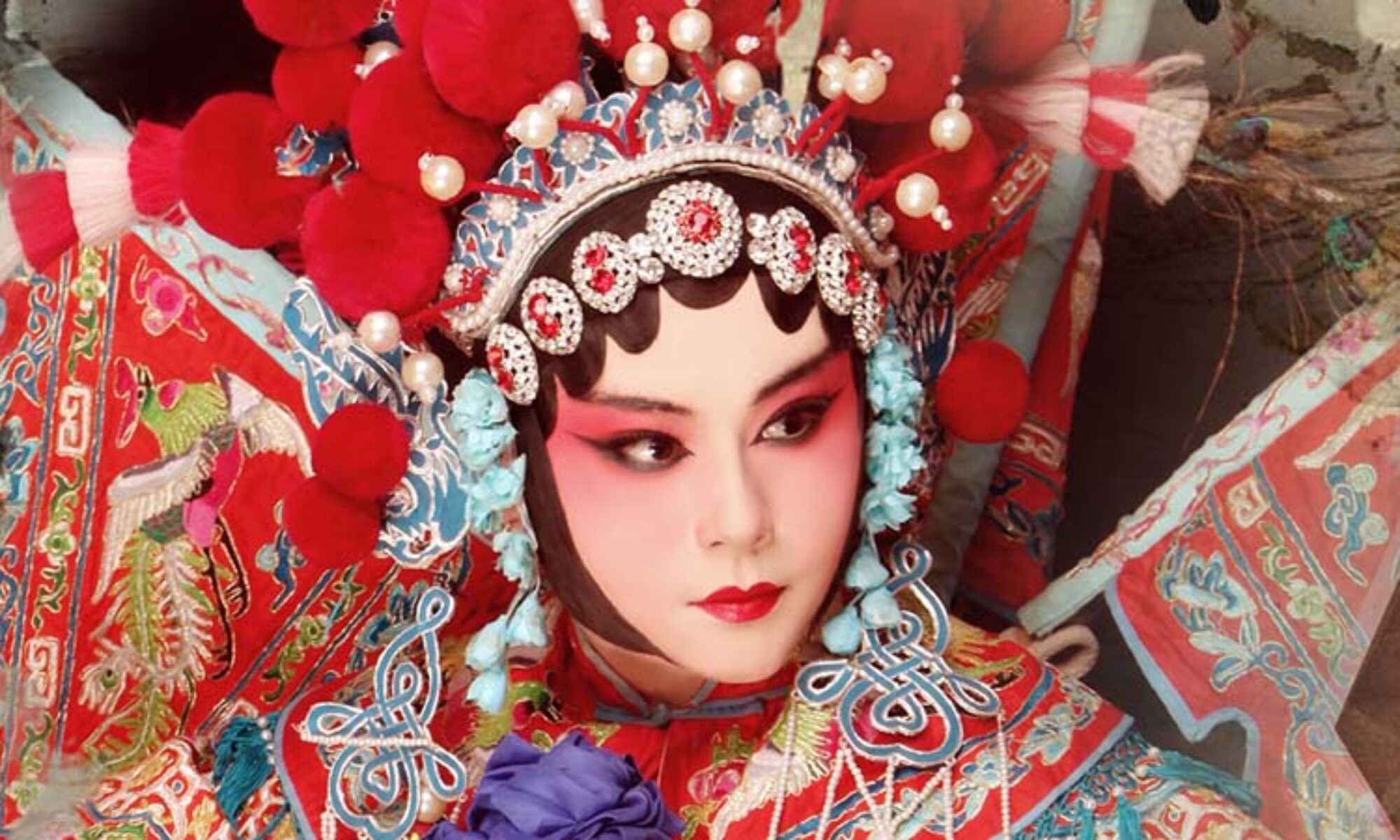
Uyghur Dance: A Cultural Fusion of Central Asian, Middle Eastern, and Chinese Influences
A living expression of the Uyghur cultural heritage, Uyghur dance showcases the rich diversity of their traditions and identities. An ethnic group in China’s Xinjiang Uighur Autonomous Region, the Uyghur have developed a unique dance tradition that blends elements from Central Asia, the Middle East, and China. This blend of cultural influences gives Uyghur dance a special charm and meaning. Uyghur dance embodies the spirit of the Uyghur people through graceful movements, lively music and colorful costumes, a testament to their cultural resilience.
Uyghur dance reflects the diverse cultural influences that have shaped the Xinjiang region throughout history. Located at the crossroads of the ancient Silk Road, Xinjiang has served as a melting pot of cultures, attracting merchants, travelers and settlers from Central Asia, the Middle East and China. This fusion of different traditions has created a unique blend of influences found in Uyghur dance.
Central Asian influences are evident in Uyghur dance movements and choreography. The fluid, graceful movements of the dancers are a reminder of the region’s nomadic traditions. The dance incorporates twists, jumps, complex footwork and other elements reminiscent of Central Asian folk dances. The use of flowing scarves and ribbons further enhances the look and adds an elegant touch to the performance.
The Uyghurs’ historical links with the Middle East have also had a lasting impact on their dance traditions. Elements of oriental dance, such as belly dancing, are also found in Uyghur dance forms. The dancer’s hip movements, graceful arm gestures, and torso separation show the influence of the Middle Eastern style. This combination of Middle Eastern elements gives Uyghur dance its sensuality and special touch. Despite its strong Central Asian and Middle Eastern influence, Uyghur dance is still closely associated with Chinese culture. As an ethnic minority in China, the Uyghur have been exposed to Chinese traditions and customs throughout history. This interaction is reflected in the incorporation of certain Chinese dance techniques and aesthetics into Uyghur dance. The fusion of Chinese elements enhances the diversity and uniqueness of Uyghur dance, further enriching its cultural significance.
Uyghur dance is not only a visual spectacle, but also a harmonious fusion of music and costumes. Traditional Uyghur costumes are bright and colorful, reflecting the region’s cultural diversity and artistic talent. Elaborate hats, embroidered dresses, and intricately designed accessories add to the visual splendor of her performance of Uyghur dance. Equally mesmerizing is the music that accompanies the Uyghur dance using traditional instruments such as dap, tambur and satar. Melodic melodies, rhythmic beats and soulful songs create an enchanting atmosphere and transport the audience to the heart of Uyghur culture.
Uyghur dance plays an important role in preserving the cultural identity of the Uyghur people. Amidst the challenges and socio-political issues facing the Uyghur community, Uyghur dance is seen as a symbol of resilience and pride. It serves as a vehicle for cultural expression, fostering a sense of solidarity among the Uyghur people and, above all, promoting awareness and understanding of their rich traditions.
Paying tribute to the fusion of Uyghur cultures, Uyghur dance combines influences from Central Asia, the Middle East, and China into a fascinating art form. Uyghur dance embodies the spirit and diversity of the Uyghur community through graceful movements, vivid costumes and captivating music. It is a testament to Xinjiang’s rich cultural wealth and a reminder of the inherent beauty and resilience of the Uyghur people and their traditions.
